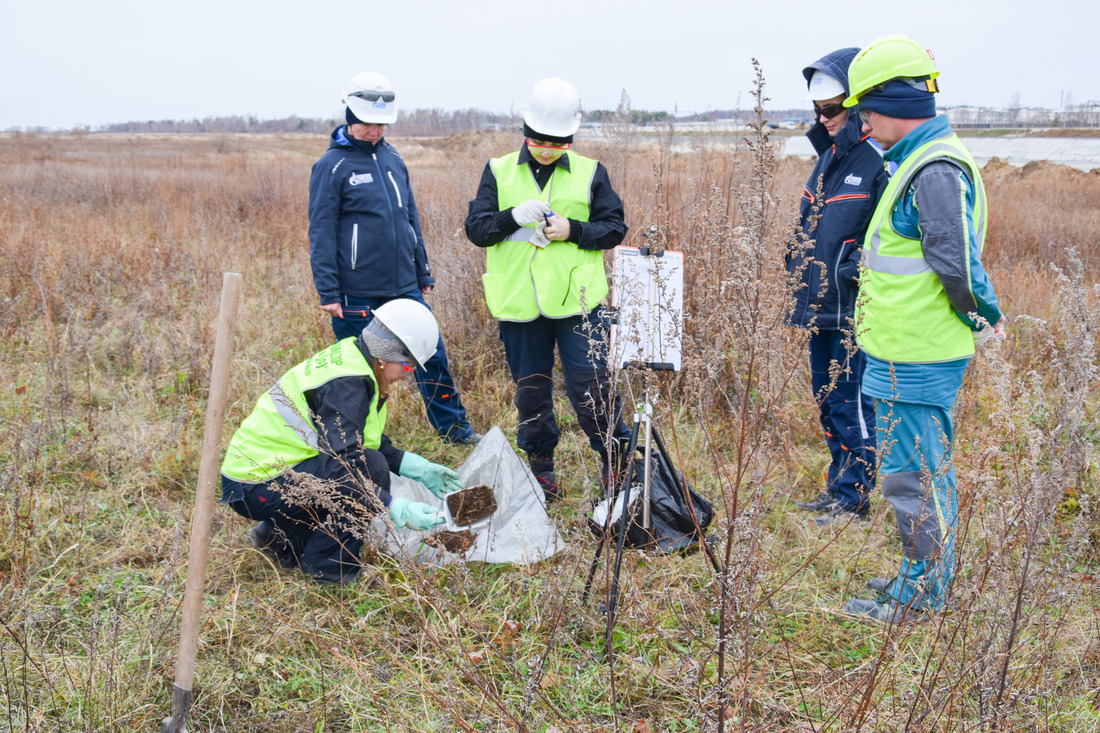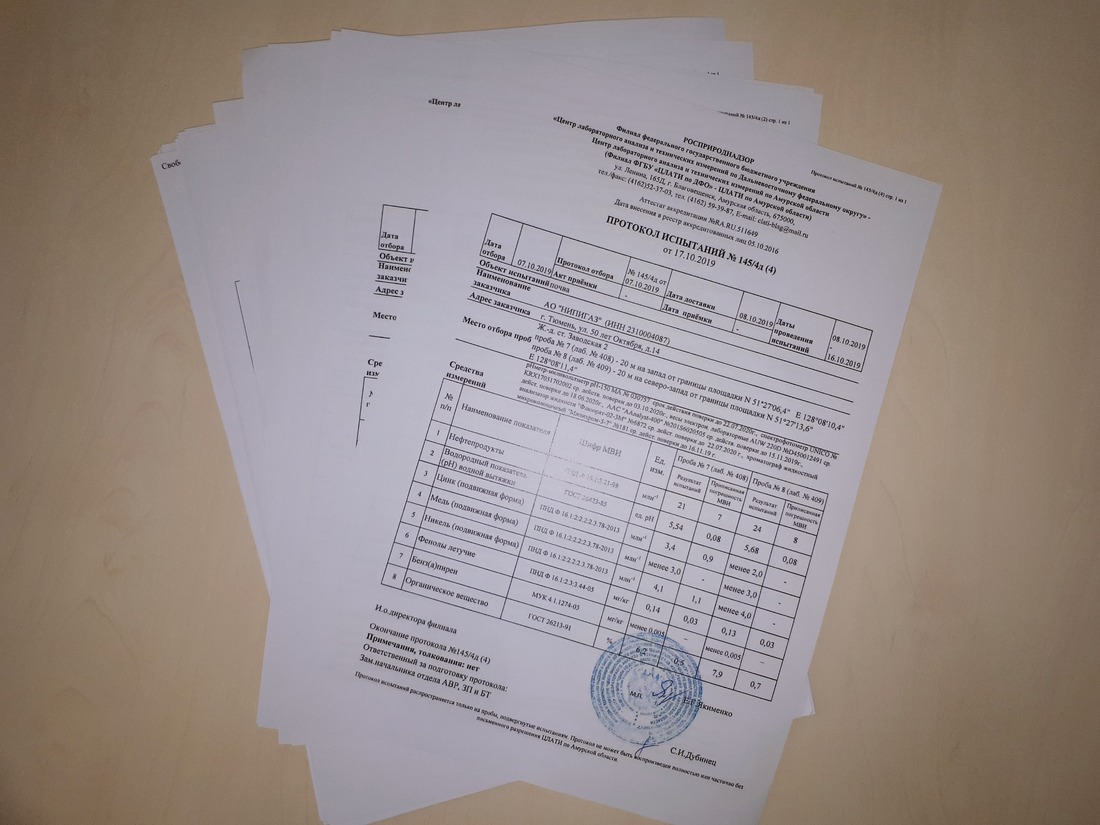Soil contamination at infrastructure facilities of Amur GPP not detected
Specialists of the Center for Laboratory Analysis and Technical Measurements (TsLATI) in the Amur Region conducted a study of soil samples in the observation points of the railway infrastructure of the Amur GPP: in the area of the bridge over the Bolshaya Pyora river and two railway stations which equipment is delivered through.«The regulations and procedure for monitoring are provided for in the project documentation of the Amur Gas Processing Plant, taking into account the requirements of the law of the Russian Federation and international standards. At these points, observations have been carried out since 2016 — since the development of the site for the railway bridge, the construction of which was completed in 2018. Thus, the database for further monitoring of the state of the environment in the territory adjacent to the GPP facilities is constantly updated,» explains Vera Alushkina, Chief Specialist of the Environmental Department of Gazprom Pererabotka Blagoveshchensk LLC.
Laboratory tests took several days. Soil samples are mixed, dried and examined to check for the presence of heavy metals, phenols, petroleum products and other substances that may settle as a result of production activities. According to the laboratory's report, there is no contamination with these substances.
According to the experts from the Center for Laboratory Analysis and Technical Measurements (TsLATI) in the Amur Region, for the entire period of environmental monitoring at the infrastructure of the Amur Gas Processing Plant, no exceeding of the maximum allowable concentrations of substances in the soil, ambient air, surface water reservoirs, bottom sediments were ever identified.
Справка
Amur GPP will be Russia’s largest natural gas processing plant and one of the largest plants globally. Its design capacity will amount up to 42 billion cubic meters of gas per year. GPP will also include the world's largest production of helium — up to 60 million cubic meters per year. The Amur Gas Processing Plant is an important link in the process chain of natural gas supply to China via the Eastern route.
Industrial environmental monitoring (IEM) has been carried out on a regular basis since 2015 by specialists of the Center for Laboratory Analysis and Technical Measurements (TsLATI) in the Amur region. Ecologists monitor the state of atmospheric air, soil, water in rivers, bottom sediments, ichthyofauna, precipitation (snow) and plants not only on the main sites, but also on the border of the nearest residential development. Within the framework of IEM, observation points have been established where the samples are taken. Since the beginning of regular observations, the environmental safety of construction of the Amur GPP has been confirmed by the results of about 2,000 samples.
Gazprom Pererabotka Blagoveshchensk LLC (member of Gazprom Group) is the Investor and Owner of Amur Gas Processing Plant project. Construction is managed by NIPIGAS, a leading Russian centre for engineering, procurement, logistics and construction management (member of SIBUR Group). Peak time for construction will be in 2019 to 2020 when over 25,000 workers will be mobilized to the site.




Enlarged photo (JPG, 1 MB)